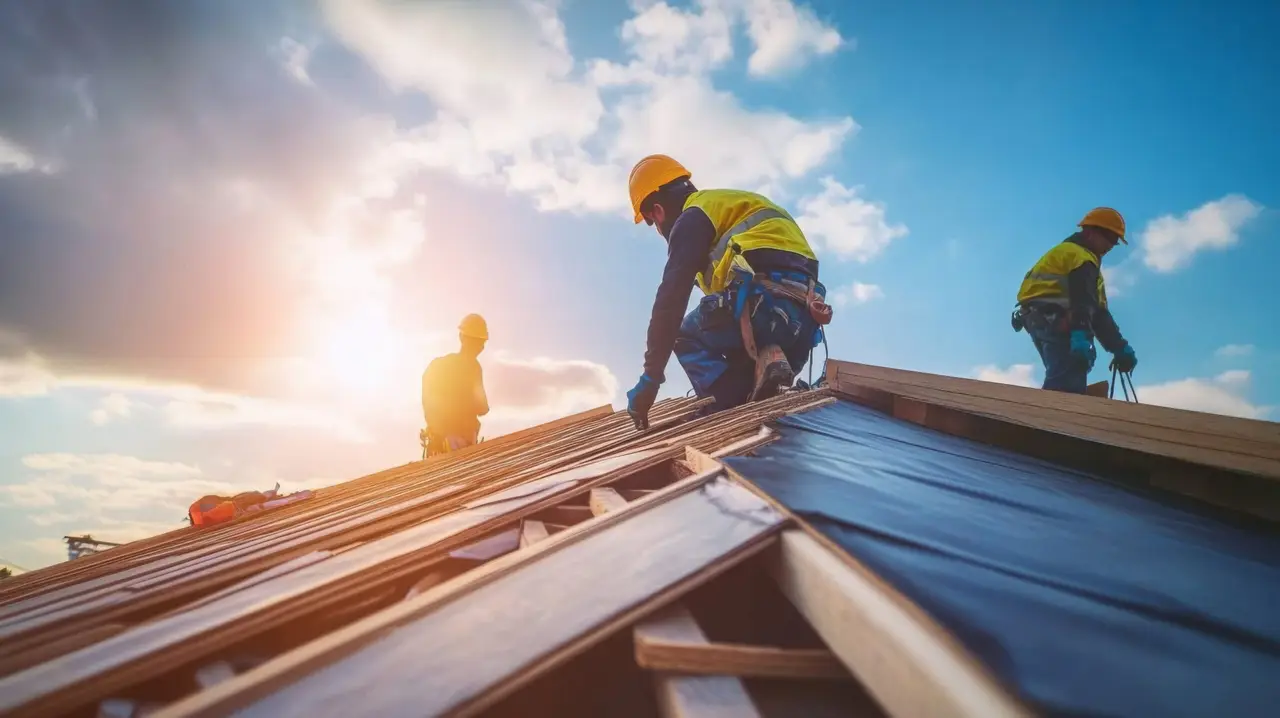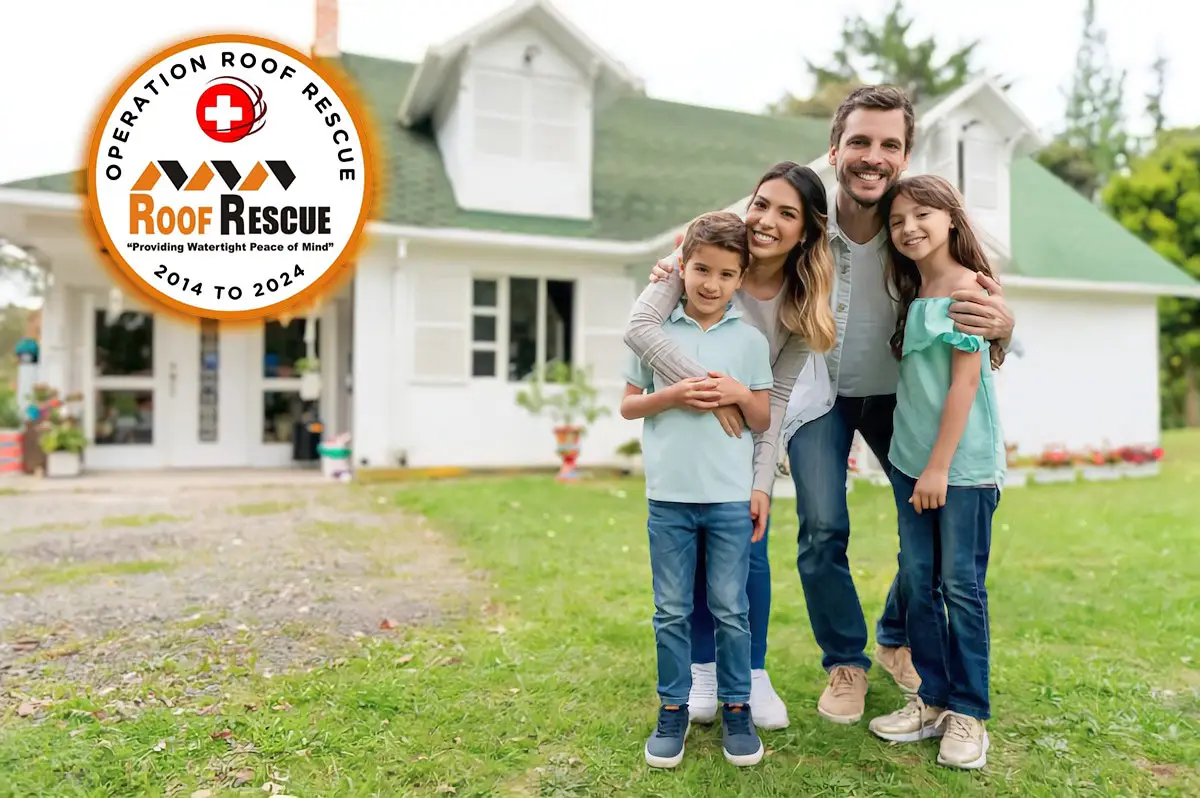Replacing your home’s roof typically costs between $6,000 and $15,000, with an average cost of about $11,000 for an asphalt composite roof on an average-sized home. That’s a big investment for any homeowner, and most don’t have that amount saved up when it comes time to replace their roofs. If your roof needs replacement, the usual first step is to look for ways to cover the costs. This leads to the common question: Will homeowner’s insurance cover the cost of your roof replacement?
Your home insurance cover roof replacement policy and the reason for replacing the roof determine whether coverage applies. The short answer is that, if you’re replacing an old roof for the usual reasons (wear and tear), insurance does not normally cover the cost. But it might cover the cost if your roof sustained damages in a recent accident.
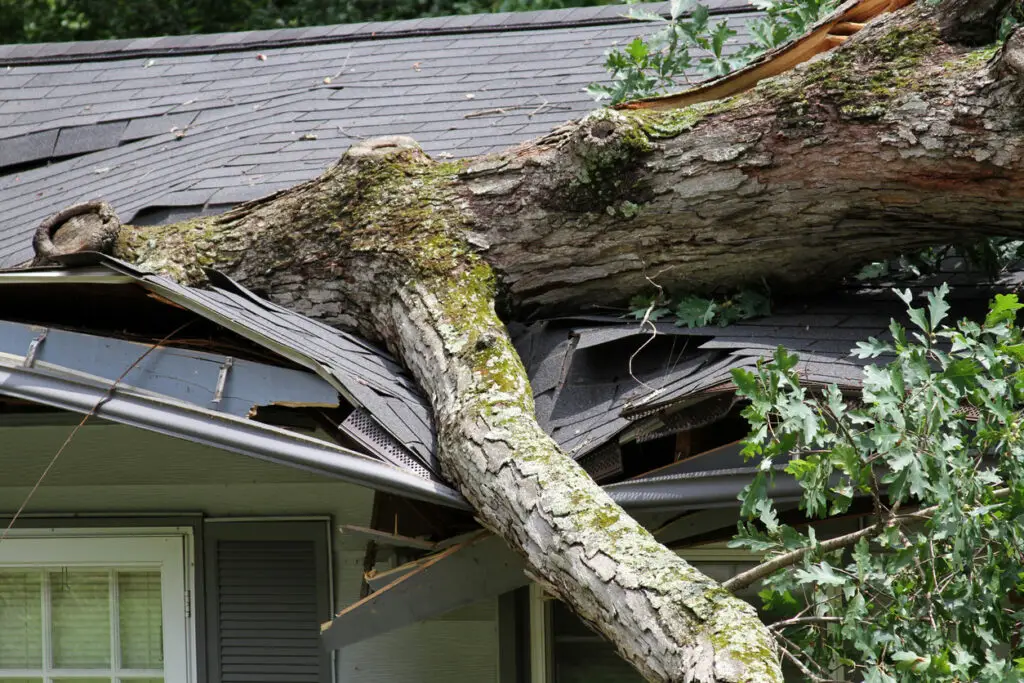
General Overview of Homeowner’s Insurance and Roof Coverage
Homeowner’s insurance covers repairs for sudden or accidental damage. Every policy can differ in terms of the types of damage it covers and the amount it may pay out for roof repairs. So, you should closely review your personal policy details to understand the types of roof damage covered and the amount of coverage you have.
A common misconception is that homeowner’s insurance always covers roof replacement. In reality, insurance will replace your roof only under specific approved circumstances, and it usually does not cover wear and tear. The good news is that insurance tends to follow predictable trends, so we can provide some generalized advice that you can compare to your policy details.
Types of Roof Damage Often Covered by Homeowner’s Insurance
What types of roof damage does insurance typically cover? Homeowner’s insurance usually covers roof repair or replacement if a recent storm, falling tree branch, fire, or vandalism caused the damage.
- Storm-Related Damage: Seasonal storms can do a lot of roof damage. Wind can break or bend shingles, hail can dent and bruise your roof, and lightning strikes can cause burning damage. These types of damage typically receive coverage, but policies may impose certain restrictions based on your region and local risk levels.
- Accidental Damage From Falling Objects: Overhanging tree branches and other (less normal) falling objects can damage your roof unexpectedly. This can happen in a storm or otherwise. Damage from falling objects typically receives coverage, and your insurance will pay for the cost of localized repairs.
- Fire Damage: Insurance typically covers fire across all policies. However, it will also assess the source of the fire before approving a claim. Remember that your coverage may vary by policy.
- Vandalism: Acts of vandalism that damage your roof may receive coverage depending on the circumstances and your policy details. Proper home security and prevention measures can help ensure a vandalism claim is accepted.
Remember that each policy may be unique. Although these types of damage usually receive coverage, you should review your policy to confirm coverage, identify any exclusions that might disqualify these claims, and determine the available coverage amount. Some types of damage may also only qualify for localized repairs and not an entire roof replacement.
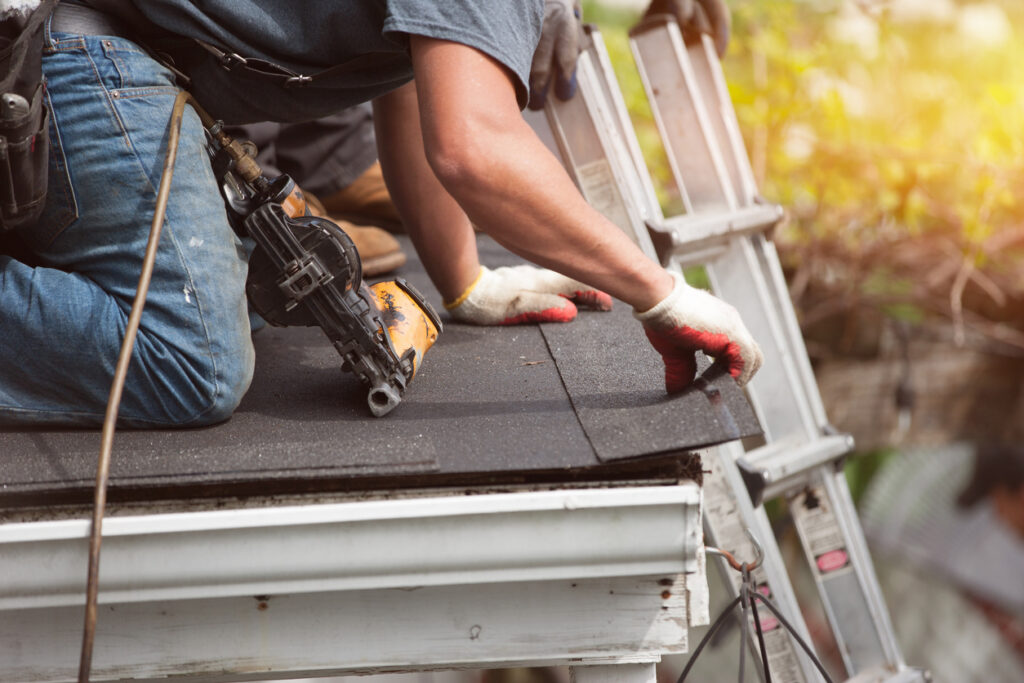
Types of Roof Damage Usually Not Covered by Homeowner’s Insurance
Homeowner’s insurance policies also specifically exclude certain types of roof damage. Under these circumstances, they will not cover the costs of repairs or roof replacement. Most importantly, insurance will not cover the cost of replacing an old roof simply because the materials are wearing out. They also tend to reject claims if your roof has long-term damage from untended maintenance — even if you were unaware of the issue.
- Wear and Tear: The normal aging of a roof is not covered. Insurance does not cover routine home maintenance, even for major expenses like replacing a roof every 15-30 years.
- Neglect and Lack of Maintenance: If your roof was damaged by problems that should (or could) have been repaired over time, your homeowner’s insurance may not cover the costs. This is why regular roof inspections and timely repairs are critical to preserving your coverage eligibility.
- Old Roof Exclusions: Some insurers will limit coverage of roofs that are over a certain age. This is because a roof’s age determines its integrity and risk factor, making it challenging to insure historic roofs made from long-lasting materials.
How To Get Insurance To Pay For Roof Replacement
Replacing a roof is a major expense, but homeowner’s insurance may help if the damage results from a covered event like a storm, falling tree, or fire.
To start, review your insurance policy to understand the coverage. Document the damage with photos and detailed notes, then contact your insurer to file a claim. Working with a roofing contractor can simplify the process—they can inspect the damage, provide an estimate, and assist with paperwork to meet insurance requirements.
Regular maintenance and prompt repairs are key to keeping your roof eligible for insurance coverage and ensuring a smooth claims process.
- Proactive Maintenance: Insurance companies often reject damage claims for roofs that are not maintained. Therefore, be sure to schedule annual inspections and prompt repairs. Keep the records to prove you have been an attentive and responsible homeowner.
- Documenting Damage: Insurance policies work best when there is proof to back up your claim. Take photo documentation of your roof damage, keep records of your routine roof maintenance, and report the damage as soon as possible. Records and timely reporting can aid in a smooth claims process.
- Policy Review: Know the details of your homeowner’s insurance policy. Keep in mind that the insurance company can change the details (and you might not notice them). Review your policy at least once a year and keep track of any updated coverage or homeowners insurance roof exclusions.
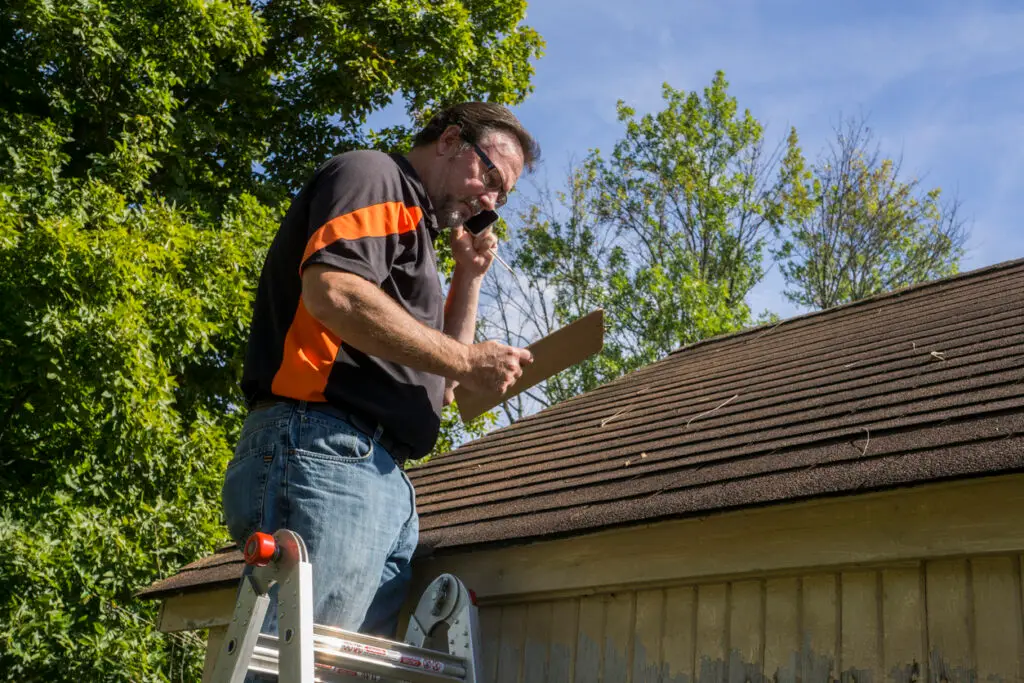
Insurance Claims for Roof Replacement
If recent damage affected your roof, you can file a claim to help with costs—homeowners insurance cover roof replacement in many of these cases. Stay informed about your homeowner’s policy details and be proactive with your roof care. Keep your roof eligible for insurance claims by conducting annual inspections, making prompt repairs, and reporting damage quickly.
Your roofing contractor can also help you understand and navigate an insurance claim. They often deal with homeowner’s insurance when providing roof repairs and damage-related roof replacements. Consult with Roof Rescue for a roof inspection or get our expert advice on roof coverage in your insurance policy. We can help ensure you receive adequate coverage and handle any roof damage that occurs.
Mark Franklin, owner of Roof Rescue in Idaho Falls, Idaho, has been a trusted name in roofing since 2014. Serving Idaho, Montana, Wyoming, and Utah, Roof Rescue specializes in commercial and residential roof replacement and installation. Recognized for community initiatives like the “Operation Roof Rescue” program, which provides free roofs to local heroes, Mark combines professionalism with a passion for giving back. With 16 years of industry experience, an A+ Better Business Bureau rating, and glowing customer reviews, Mark’s leadership embodies quality and community-focused service.

